Blog

Ferns, Fruits and Mangroves on the Road to Havana
As part of the three-year planning and design process behind our upcoming Tropical Forest exhibit, Dr. Emily Kalnicky and Jordyn Melino are traveling to Cuba to study first-hand the region’s biodiversity hotspots, natural resources and culture. Follow their adventures!
Today we began the long journey back to Havana, with a few stops along the way. We first visited a unique and somewhat eccentric botanic and herb garden owned by Carmen and Caridad Miranda. We learned that their father planted the trees in 1918, and that after he passed away they continued his work.
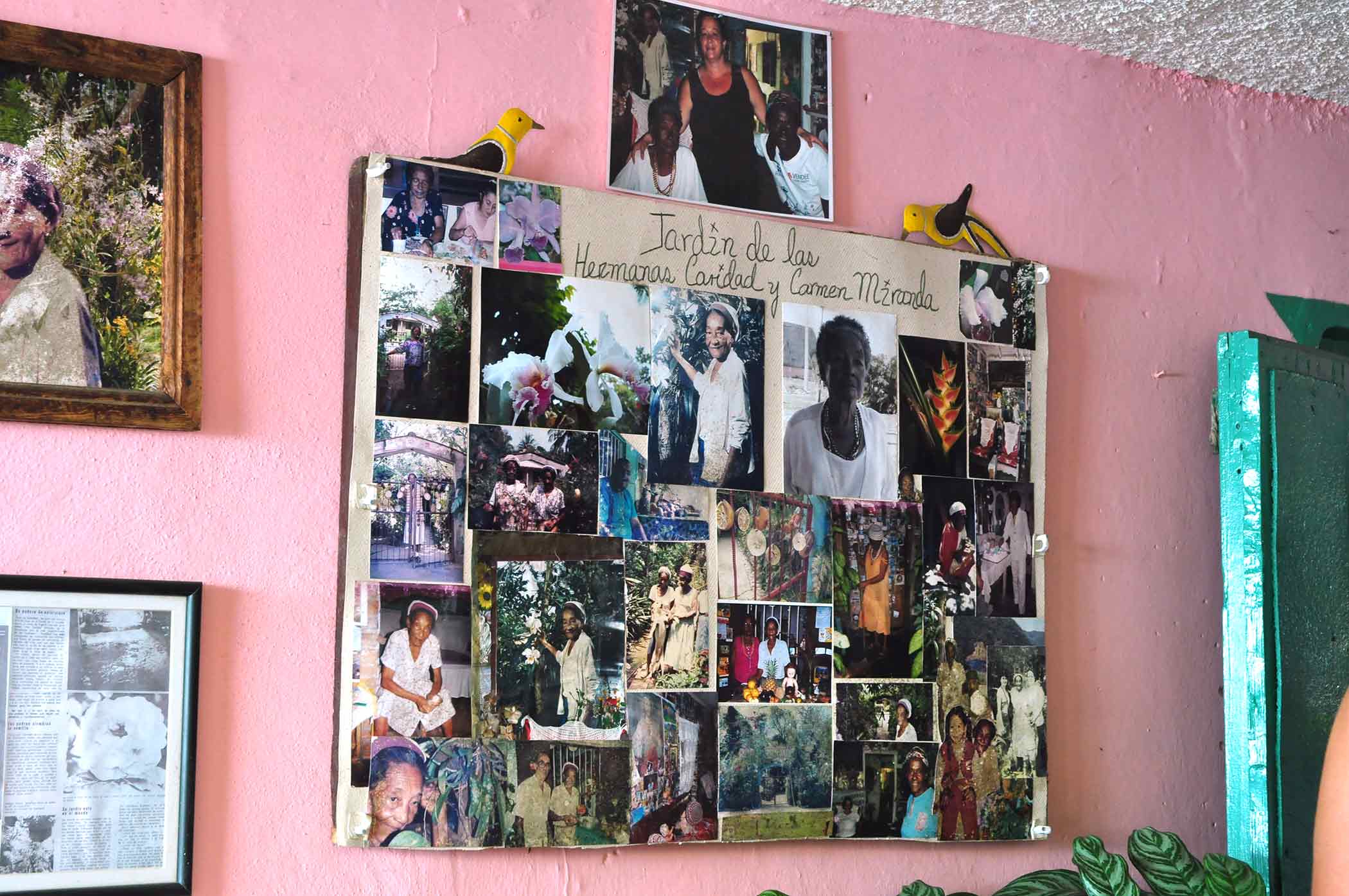
They have about one hectare (about 2.47 acres) of ornamentals, medicinal and fruiting trees, and keep a log of visitors’ impressions, since they get international visitors to the garden. Along our visit to their gardens we saw the bluish fronds of the peacock fern (Selaginella sp.), unusual small foliage of a Nephrolepsis fern, the unique seed pods of the Capparis cynophallophora, and fruiting trees such as Jackfruit and Mamey.
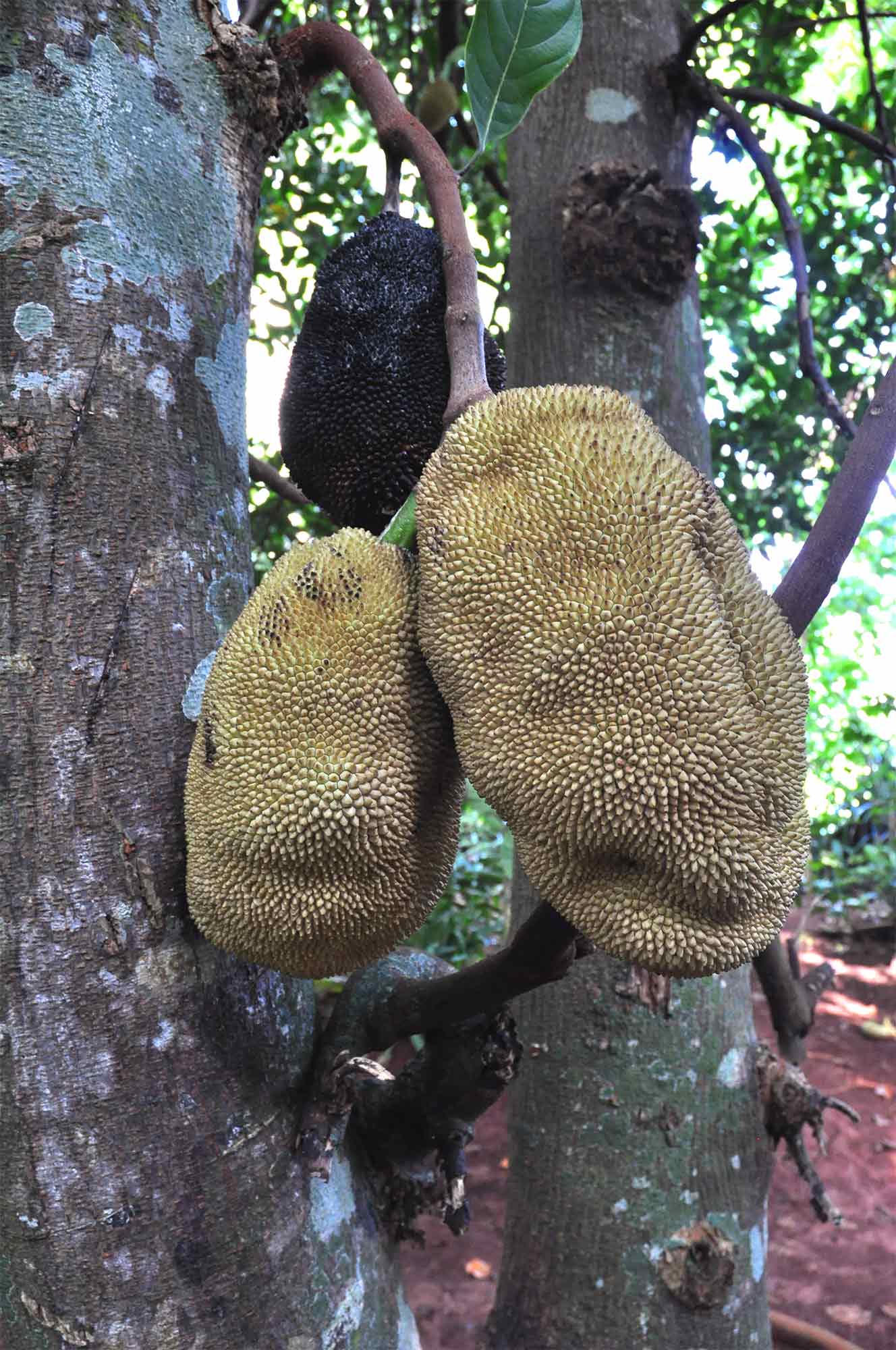
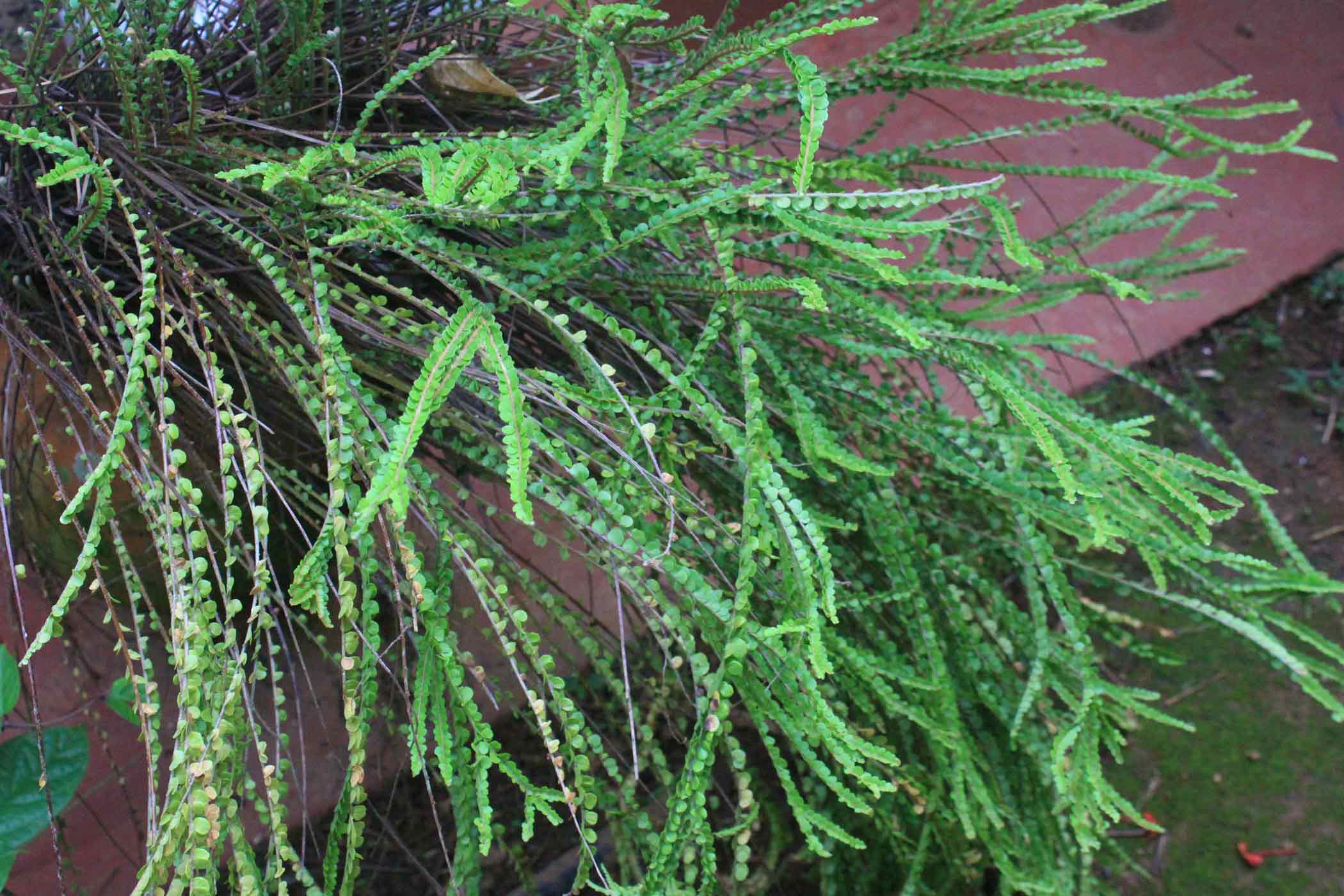
From there we drove to Cayo JutÍas for our first real beach visit. Along the way we were able to see a beautiful, but invasive species, Dichrostachys cinerea, which helps with nutrient loading the soil and with erosion reduction. We were also able to see mangroves, of which Cuba has four different species: Rhizophora mangle (red mangrove, most dominant), Avicennia germinans (black mangrove), Laguncularia racemosa (white mangrove), and Conocarpus erectus (button mangrove). Mangroves are well-known for their high biodiversity and unique ecosystem. The landscape near the ocean was dotted with Coccoloba and other Conocarpus species. We lucked out with clear skies, a beautiful day for swimming in the ocean.
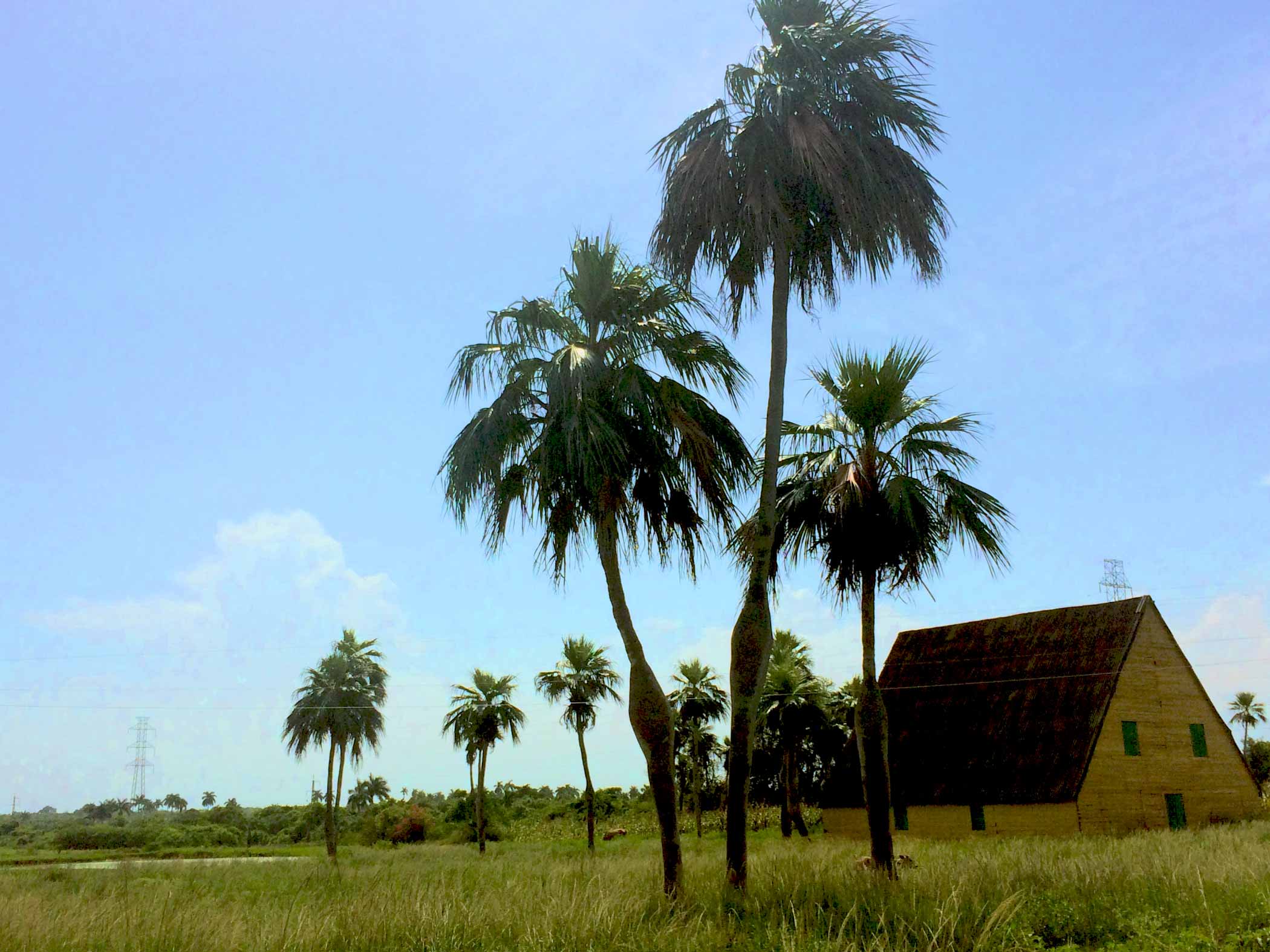
Our lunch was oceanside and consisted of fish, rice, mixed vegetables, fresh juice and mangoes, and was very refreshing. From there, the drive was about five hours back to Havana. We made a stop mid-way and saw a distinct palm tree, Colpothrinax wrightii, recognizable for its swollen “pot-belly” trunk in the center. This palm is endemic to Cuba, mostly found in the southwestern region and on the nearby Isla de la Juventud. It is a very useful plant; its leaves are used for roof thatching, and the trunk is used as more ornamental posts for houses and small buildings. Just two days ago, we had lunch at a local restaurant and we noted how unusual the shape of the posts were – now we know why!
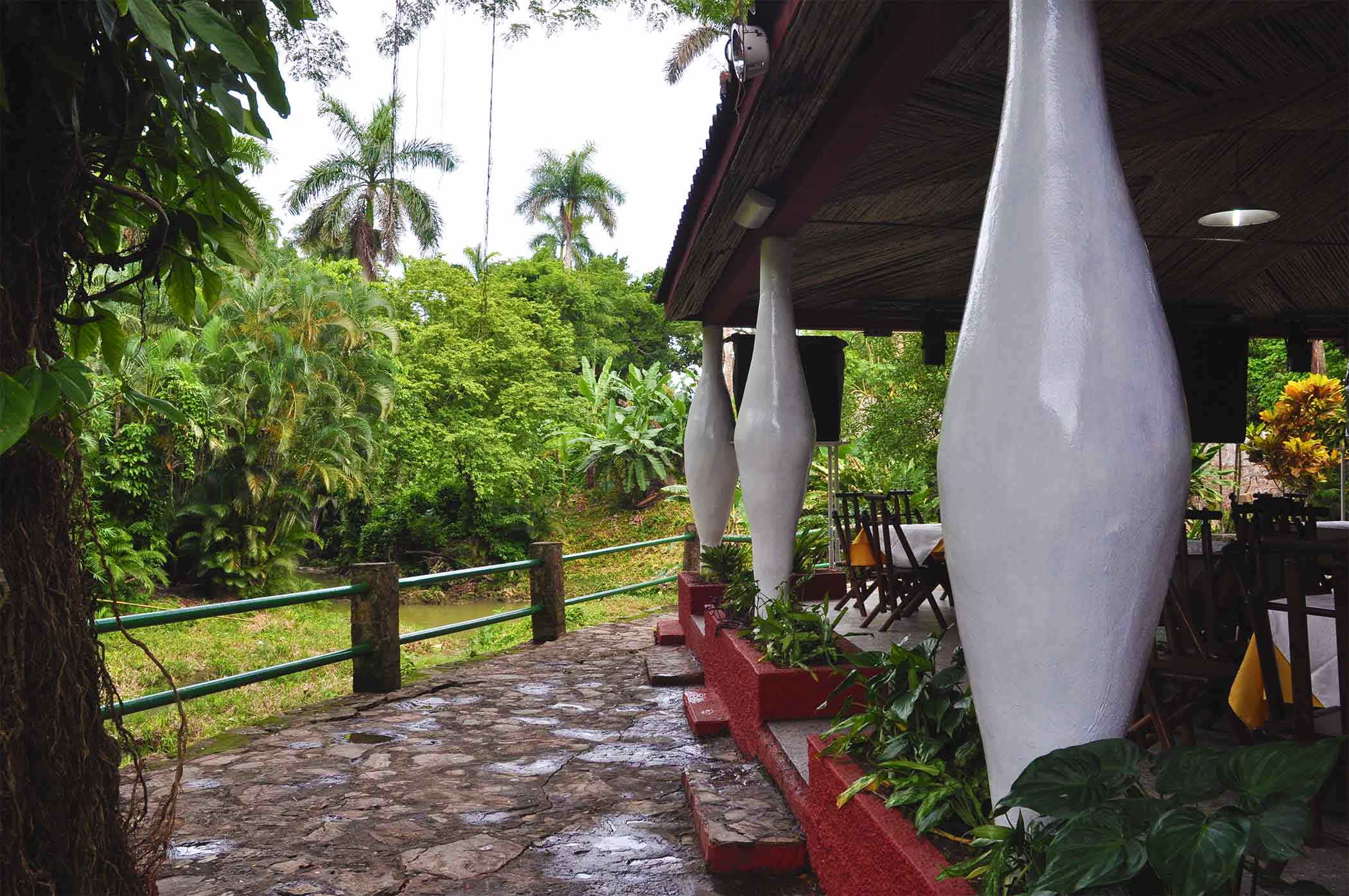
Back in the city, we had dinner in Old Havana with beautiful views of the near full moon, sharing stories with our travel companions on their last nights in Havana. It was interesting to hear opinions on what they expected of Cuba, what was different and what was surprising to them.
